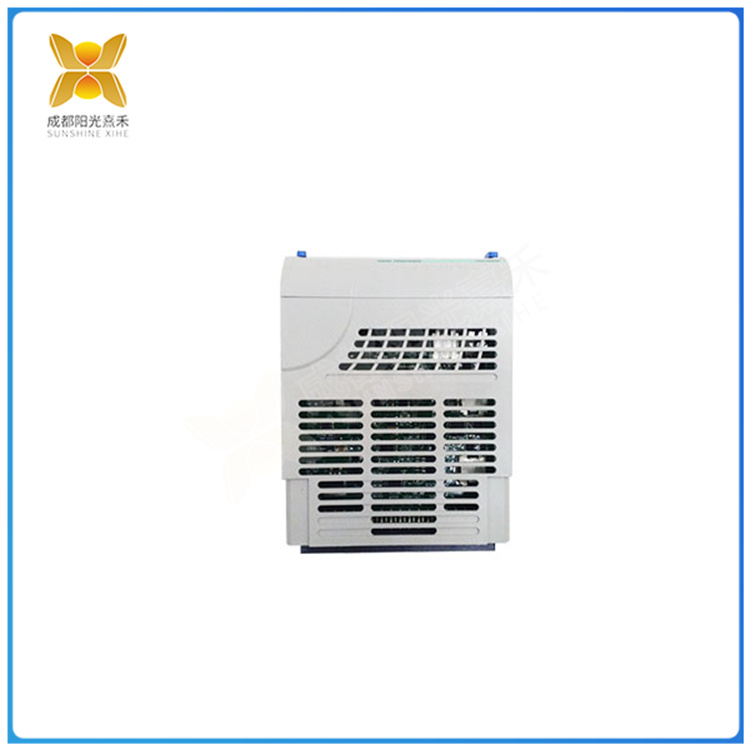Description
5SHX2645L0002 可控硅分单向可控硅和双向可控硅两种
可控硅分单向可控硅和双向可控硅两种,都是三个电极。单向可控硅有阴极(K)、阳极(A)、控制极(G)。双向可控硅等效于两只单项可控硅反向并联而成。即其中一只单向硅阳极与另一只阴极相边连,其引出端称T2极,其中一只单向硅阴极与另一只阳极相连,其引出端称T2极,剩下则为控制极(G)。
1、单、双向可控硅的判别:先任测两个极,若正、反测指针均不动(R×1挡),可能是A、K或G、A极(对单向可控硅)也可能是T2、T1或T2、G极(对双向可控硅)。若其中有一次测量指示为几十至几百欧,则必为单向可控硅。且红笔所接为K极,黑笔接的为G极,剩下即为A极。若正、反向测批示均为几十至几百欧,则必为双向可控硅。再将旋钮拨至R×1或R×10挡复测,其中必有一次阻值稍大,则稍大的一次红笔接的为G极,黑笔所接为T1极,余下是T2极。
可控硅都有哪些种类呢?
相信大家对于双向可控硅的概念都比较了解了,那么双向可控硅到底有哪些种类呢?其实按照不同的分类方法进行区分就会有很多不一样的种类。
①依照电流容量进行划分:大功率可控硅、中功率可控硅以及小功率可控硅。一般情况下大功率可控硅应用的是金属壳封装,中、小功率可控硅通常使用塑封以及陶瓷来进行封装。
②依照关断速度进行划分:普通可控硅与高频可控硅两大类。
③依照封装方式进行划分:金属封装可控硅、塑封可控硅以及陶瓷封装可控硅。金属封装可控硅还可以分成螺栓形、平板形以及圆壳形三个种类,塑封可控硅又包含带散热片型与不带散热片型两类。
④依照关断、导通和控制方法进行划分:逆导可控硅、双向可控硅、普通可控硅、门极关断可控硅、BTG可控硅、温控可控硅以及光控可控硅等等。
⑤依照引脚与极性进行划分:二极可控硅、三极可控硅与四极可控硅。
5SHX2645L0002 可控硅分单向可控硅和双向可控硅两种
Thyristors are divided into unidirectional thyristors and bidirectional thyristors, which are three electrodes. A unidirectional thyristor has a cathode (K), an anode (A) and a control pole (G). Bidirectional thyristors are equivalent to two single thyristors in reverse parallel. That is, one of the unidirectional silicon anode is connected with another cathode, the leading end is called T2 pole, one of the unidirectional silicon cathode is connected with the other anode, the leading end is called T2 pole, and the remaining is the control pole (G).
1, single, bidirectional thyristor discrimination: first test two poles, if the positive and negative test pointer are not moving (R×1 stop), it may be A, K or G, A pole (for unidirectional thyristor) may also be T2, T1 or T2, G pole (for bidirectional thyristor). If one of the measurements indicates tens to hundreds of euros, it must be a unidirectional thyristor. And the red pen is connected to the K pole, the black pen is connected to the G pole, and the rest is the A pole. If the positive and reverse test instructions are tens to hundreds of euros, it must be bidirectional thyristor. Then turn the knob to R×1 or R×10 stop retest, one of which must have a slightly larger resistance value, then a slightly larger red pen is connected to the G pole, the black pen is connected to the T1 pole, and the rest is the T2 pole.
What kinds of thyristors are there?
I believe that we have a better understanding of the concept of bidirectional thyristor, so what kinds of bidirectional thyristor are there? In fact, according to different classification methods to distinguish, there will be many different types.
① Divided according to current capacity: high-power thyristor, medium-power thyristor and low-power thyristor. Under normal circumstances, high-power thyristors are used in metal shell packaging, and medium and small power thyristors are usually packaged using plastic sealing and ceramics.
② According to the turn-off speed, it is divided into two categories: ordinary thyristor and high-frequency thyristor.
(3) According to the packaging method, it is divided into metal packaging thyristor, plastic packaging thyristor and ceramic packaging thyristor. Metal-encapsulated thyristors can also be divided into three types: bolt-shaped, flat-shaped and round shell, and plastic-sealed thyristors include two types with and without heat sinks.
④ According to the turn-off, turn-on and control method, it is divided into: reverse conduction thyristor, bidirectional thyristor, ordinary thyristor, gate turn-off thyristor, BTG thyristor, temperature controlled thyristor and optical controlled thyristor, etc.
⑤ According to the pin and polarity, it is divided: two pole thyristor, three pole thyristor and four pole thyristor.
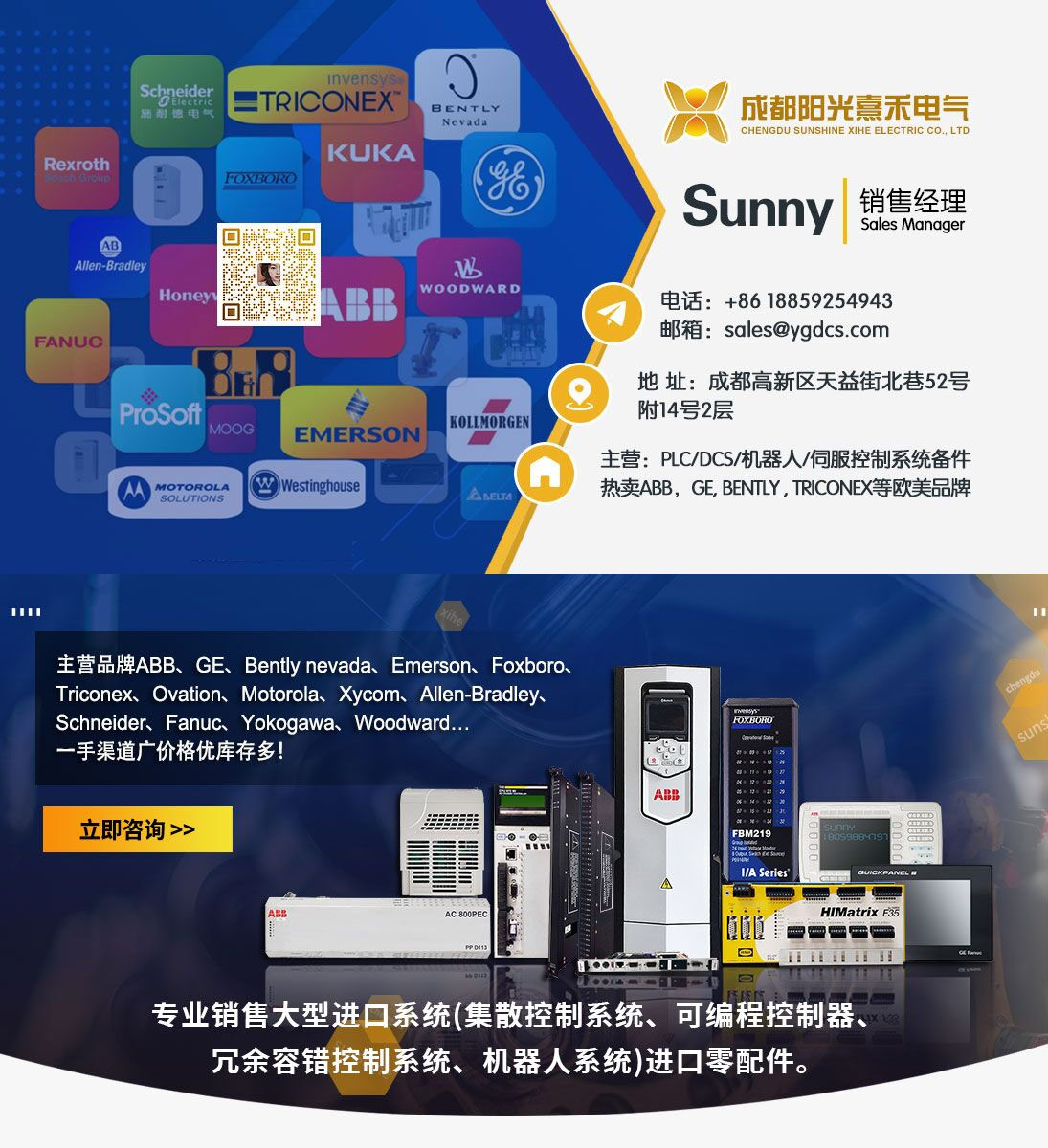
购买咨询热线/Phone:18859254943
邮箱/Email:sales@ygdcs.com
地址:成都高新区天益街北巷52号附14号2层

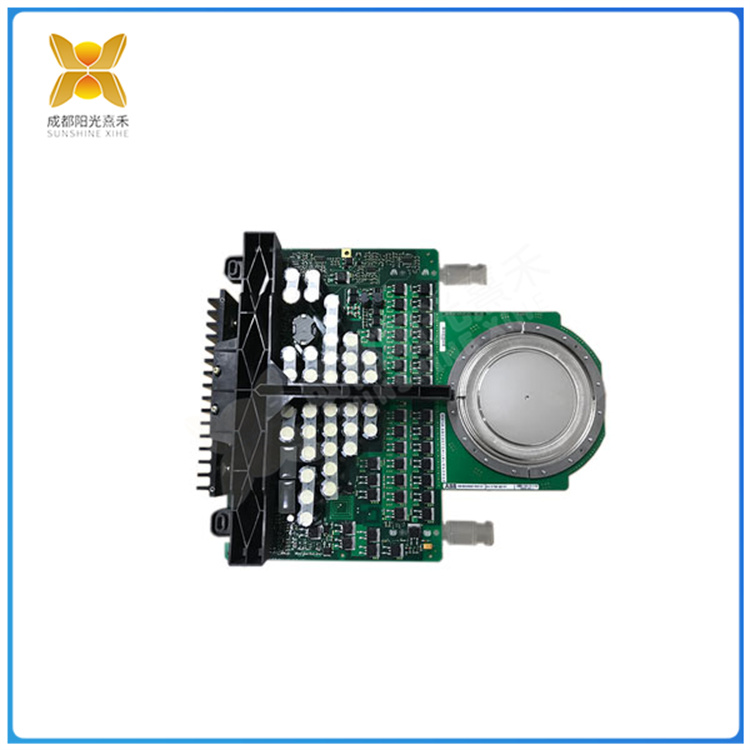
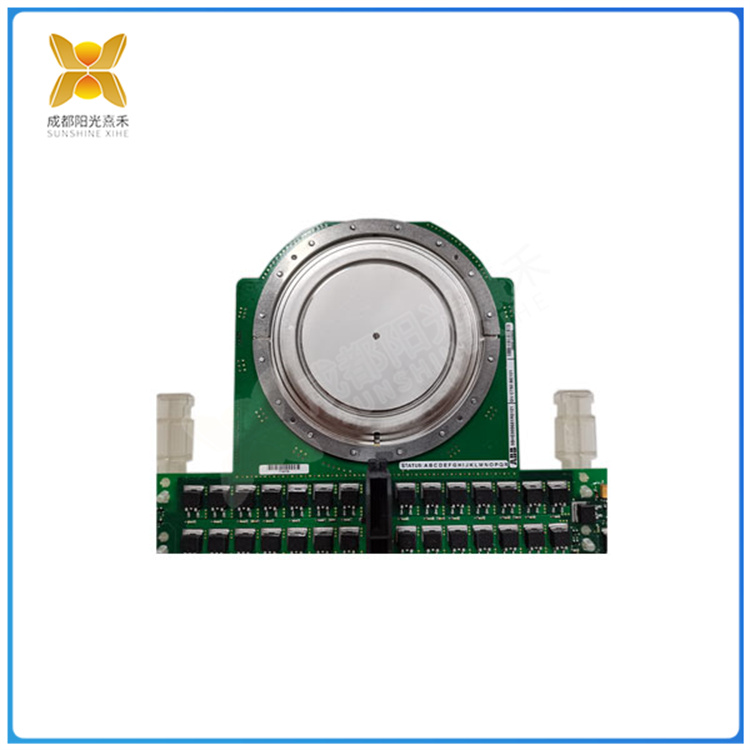
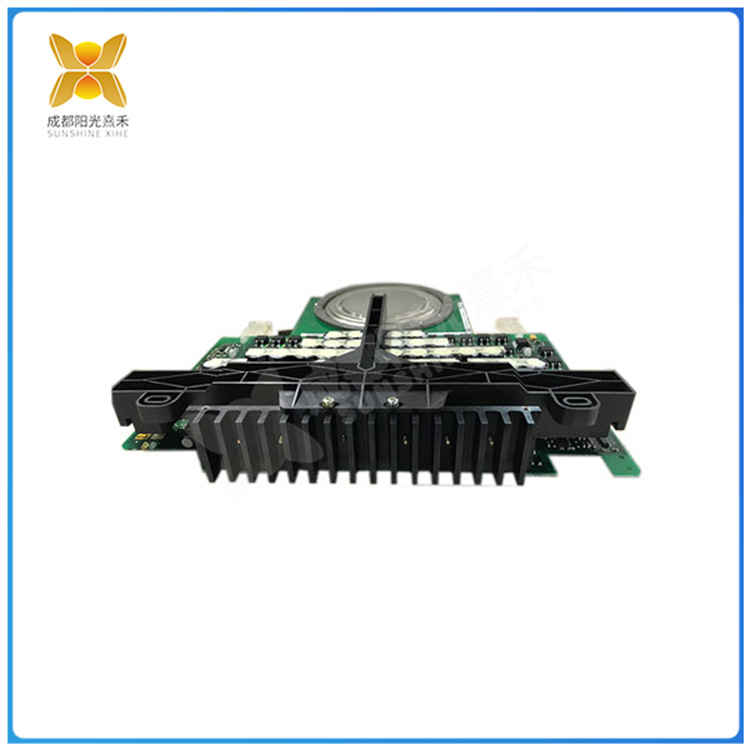
 购买咨询热线/Phone:
购买咨询热线/Phone: 邮箱/Email:
邮箱/Email: 地址:
地址:

